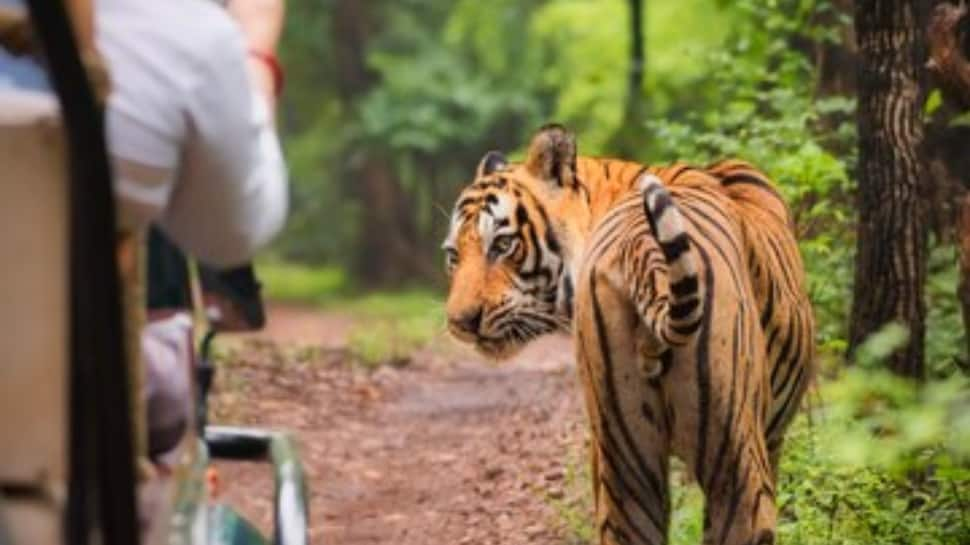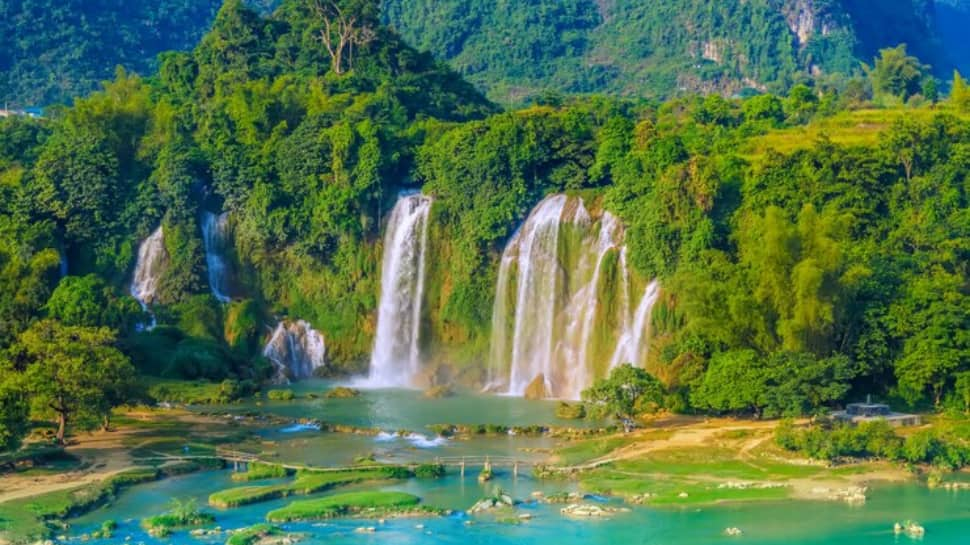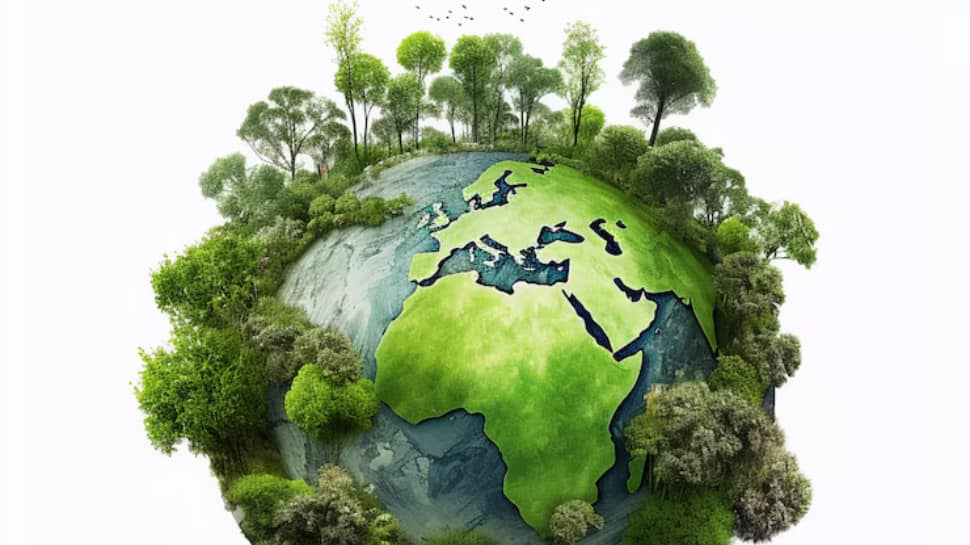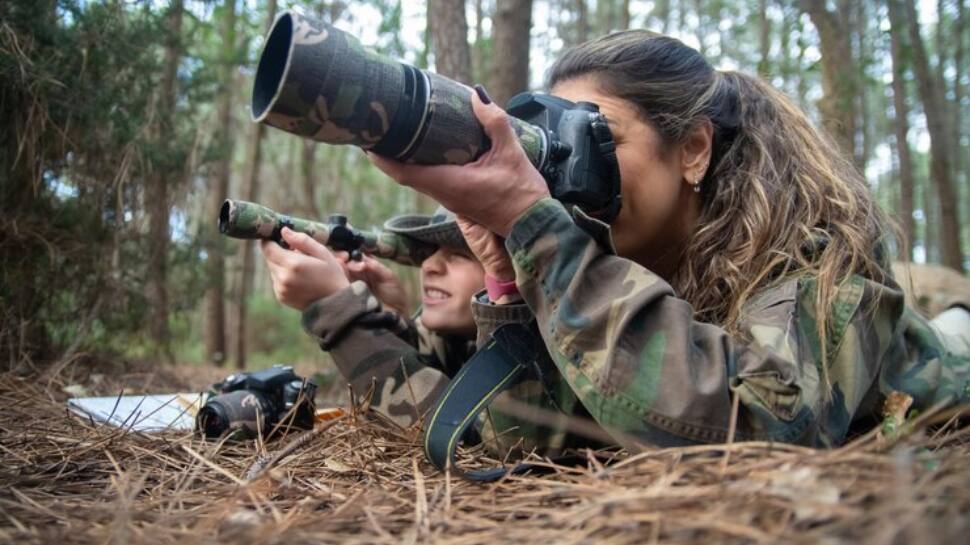Adoring Nature Photos: From Forests To Oceans
Ecosystem Diversity refers to the variety of habitats and ecosystems, crucial for environmental balance and human well-being. Wildlife Encounters involve interactions with animals in natural settings, balancing benefits like ecosystem services with potential disturbances.
)
Ecosystem Diversity refers to the variety of habitats and ecosystems in a particular location and their overall impact on humans and the environment. The ecosystem diversity includes genetic, species, and functional diversities. It mainly focuses on the aquatic and terrestrial ecosystems. The ecosystem is coined as a large scale of diversity due to its great deal on both the species as well as genetic diversity. Some examples of ecosystems are deserts, grasslands, rainforests, and many more which contribute a lot to the environment to create and maintain a balance.

Wildlife encounters refer to the interaction with wildlife animals in their natural habitats. The various activities of humans can harm wildlife animals for instance resource extraction, watching animals from a distance for photography, and more however on the other side animals help humans in various such as by improving heart health, and ecosystem services. Humans cause disturbance to animals by feeding, breeding, and carrying their young ones.

Scenic beauty refers to beautiful experiences of nature, mountain falls, water bodies, and more. We are living in a world where there are numerous wonderful scenic beauty, for instance, oceans enriched with a wide range of islands that have clear blue water. Oceans hold cultural significance and movies like Mermaids or Sea Monsters provide the humans with fastness of seas.

Scenic beauty refers to beautiful experiences of nature, mountain falls, water bodies, and more. We are living in a world where there are numerous wonderful scenic beauty, for instance, oceans enriched with a wide range of islands that have clear blue water. Oceans hold cultural significance and movies like Mermaids or Sea Monsters provide the humans with fastness of seas.

Environment conservation is the act of preserving, protecting, and managing the natural habitat from collapsing. Humans try to conserve our natural resources including the forests and minerals resources. By reducing greenhouse emissions and promoting renewable energy resources individuals can enhance biosequestration. By restoring the healthy habitat projects we can enhance the biodiversity and ecosystem.

Nature photography captures various environments and it involves special techniques and experiences such as composition to create visually appealing and balanced images it includes techniques such as leading lines or the rule of thirds. While capturing the images it is essential to understand the lightning techniques such as golden hours, warm tone light, or natural light. The wildlife photographer needs patience, focus, and an understanding the animal behavior.

